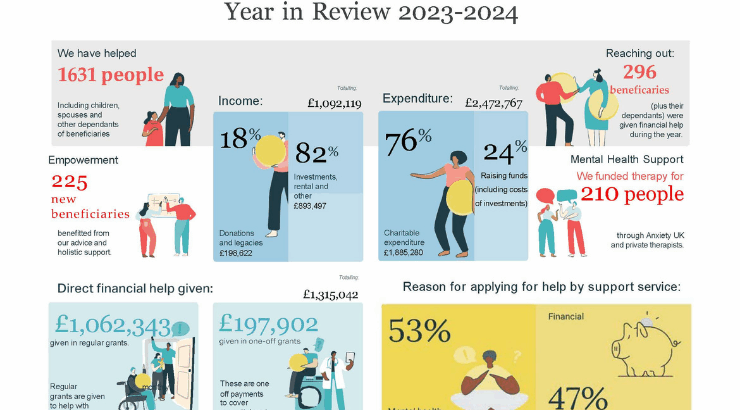ABS staff member, Tom Shore, enjoys going for a run to help improve his own mental wellbeing. Exercise helps to improve your wellbeing both physically and mentally. However, Tom believes that the environment that you exercise and live in can often impact your mood too.
“There is a growing body of research which indicates a relationship between living near greenspaces and reported higher levels of mental health and mental wellbeing.
Greenspace describes either maintained or unmaintained environmental spaces. Nature reserves, woodlands, sports fields, farmland, wilderness environments and urban parks can all be grouped together under the umbrella term Greenspace. As Barton and Rogerson highlight in their 2017 article, greenspaces – particularly in urban contexts – are purposefully kept and indeed needed for the recreational or aesthetic merits they offer to an area.
There is a shown positive association between areas of greenspace within a community and mental health. When looking at individuals living in urban areas with lower levels of greenspace in comparison to higher levels of greenspace rates of depression, anxiety and mental fatigue rise (Barton and Rogerson, 2017). Disease prevalence is reported to be much higher even after controlling for socioeconomic status (Maas et al, 2009). And studies in the Netherlands and the US have shown having larger areas of nearby greenspaces can act as a buffer for life stresses across both different ages and cultures (Wells & Evans, 2003; van den Berg et al, 2010).
Being a runner myself and having moved house frequently over the last 10 years, I have noticed a strong coalition between the direct surroundings of where I am living and my motivation to go outside to exercise. Exercise is something which I recognise has a real benefit on my mental wellbeing. I would hazard a guess this would not be a massive revelation for most people reading this as the relationship between exercise and mental health is often talked about. However, the environment and space in which I am running has an equally significant impact in lifting my mood and health.
When I lived by the coast I formed a regular pattern of running along the seaside every morning, living in East Sussex and having the rolling Downs on my backdoor motivated me to train and run a Marathon.
Living in greenspaces benefit my health both through the motivation it gives me to want to physically exercise but also through the positive impact I experience interacting with nature and being outdoors.
I really enjoy seeing the rabbits coming out as dusk or the occasional badger or horse crossing my path. I run through farmland and get to experience the changings of the seasons and their effects on the crops. I really appreciate this and it makes me feel connected to the area I live in. In my current position of commuting a considerable amount of time across London and not having as much time to be in a Greenspace I notice the loss of this. I also notice a real personal disconnect from going out running whilst living in heavily urban areas which do not have parks or nature reserves close by.
This has been shown academically to be true too with a correlation in studies between greenspace availability and physical activity level. There is a 50% decrees in poor mental health of those who exercise in the natural environment at least once per week compared with those who do not exercise (Mitchell, 2013); and “each extra weekly use of the natural environment for physical activity reduces the risk of poor mental health by a further 6% (Barton and Rogerson, 2017).” Lakes, rivers, the coast line and other blue spaces are equally as important as ‘green’ spaces: the colour is not what is important but it is the opportunity to behave and respond in a particular way outdoors (White et al, 2016)
For me the greenspaces within the community I live provide the space I need to run but in a wider context I believe, alongside Barton and Rogerson, that greenspaces are providing a “vital health services as well as environmental services” (Barton and Rogerson, 2017); they reduce socioeconomic health inequalities, facilitate activity and advocates better mental health and well-being and we as a society need to continue to value and invest in maintaining, protecting and creating them.








